Maryland is the First State to Regulate Carbon
Greenbuilding Law
DECEMBER 11, 2022
The statute explicitly requires the State to reduce statewide GHG emissions by 60% from 2006 levels by 2031, a near term target unmatched by any other state.”. Many regulations will have to be promulgated to make all of this happen. apparently the State is leaning toward site EUI.






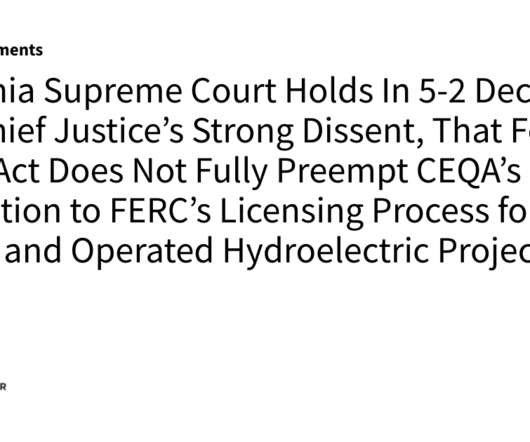

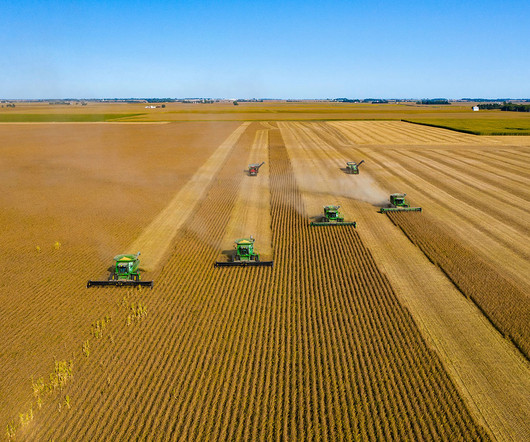
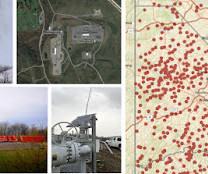
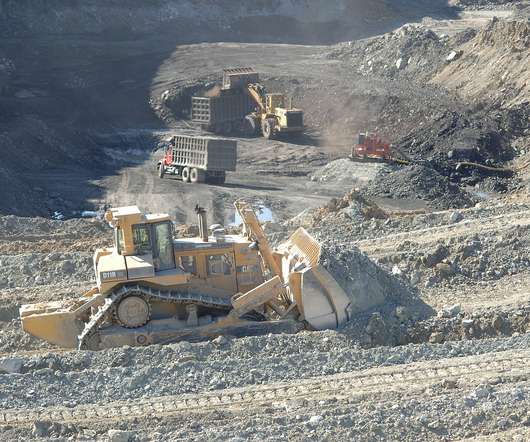


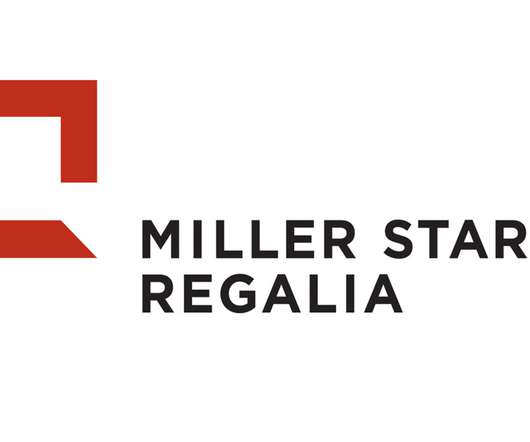














Let's personalize your content